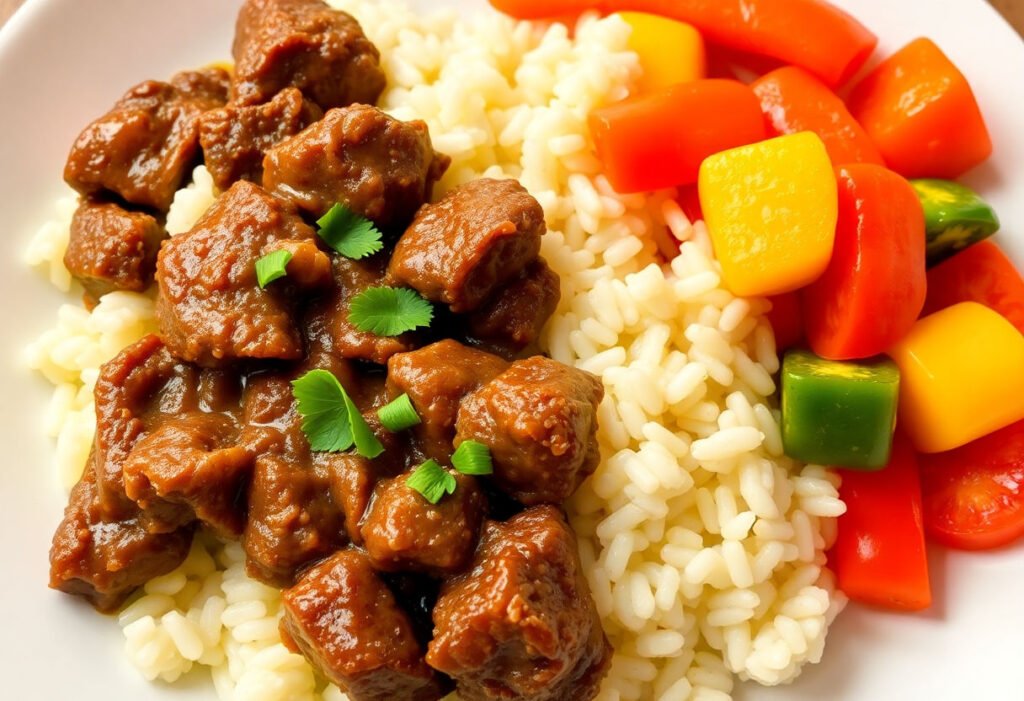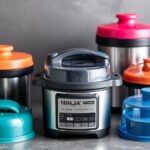Mastering the art of beef and rice meal prep is a gateway to a healthier, more efficient lifestyle. This practice not only supports nutritional balance with its protein-rich and carbohydrate-laden combinations but also offers significant cost savings and improved time management. By choosing the right cuts of beef and the perfect type of rice, you can elevate your meal prep game. Coupled with essential kitchen tools and techniques for cooking, storing, and reheating, you’ll transform meal times into a breeze. Integrating vegetables ensures a nourishing blend, solidifying meal prep as a cornerstone of your culinary routine. Dive into this guide for insightful tips and proven strategies.
Key Takeaways
- Beef and rice meal prepping offers significant nutritional benefits, helping to build muscle and provide sustained energy throughout the day.
- It can be a cost-effective approach, as bulk purchasing and planning reduce food waste and grocery spend.
- This method saves time during busy weeks, allowing for efficient use of minimal meal prep efforts with maximum output.
- Understanding different beef cuts and rice types enhances both flavor and nutritional value in meal prep.
- Incorporating a variety of vegetables ensures a balanced diet, supporting overall health and wellness.
Why Choose Beef and Rice?
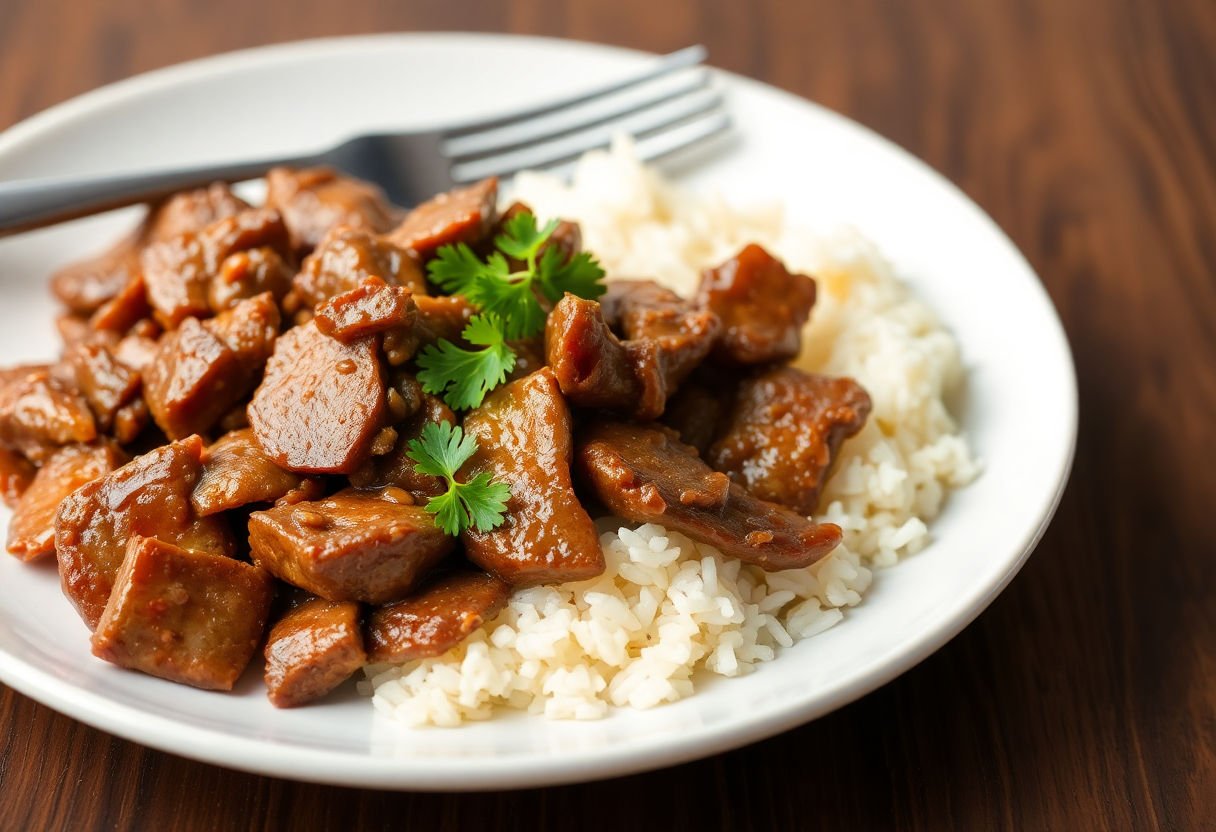
Beef and rice are staples in meal prep for their nutritional benefits and versatility. Beef, a rich source of high-quality protein, provides essential amino acids that support muscle growth and repair. It also offers vital nutrients such as iron, zinc, and B vitamins, which contribute to overall health and wellness. These nutrients are crucial for maintaining energy levels, supporting immune function, and enhancing cognitive performance.
Similarly, rice serves as an excellent carbohydrate source, fueling your body with the necessary energy for daily activities. Its adaptability to various cuisines makes it a perfect partner for beef, accommodating a wide range of flavors and cooking styles. From savory stir-fries to hearty casseroles, beef and rice pair beautifully to create delicious and satisfying meals.
The duo’s versatility allows for endless combinations suited to different taste preferences and dietary needs. Whether you prefer brown rice for its fiber content or jasmine rice for its fragrant aroma, each type complements beef in unique ways. Additionally, using different cuts of beef, such as lean sirloin for a health-conscious choice or marbled ribeye for enhanced flavor, provides options to match your nutritional goals and budget.
Moreover, incorporating beef and rice into your meal plan supports balanced nutrition while offering the convenience of bulk preparation. Preparing these ingredients ahead can save time during your busy week, ensuring you always have a nutritious meal option readily available. With these benefits, beef and rice prove to be a smart choice for anyone looking to optimize their meal prep process.
Choosing the Right Cuts of Beef
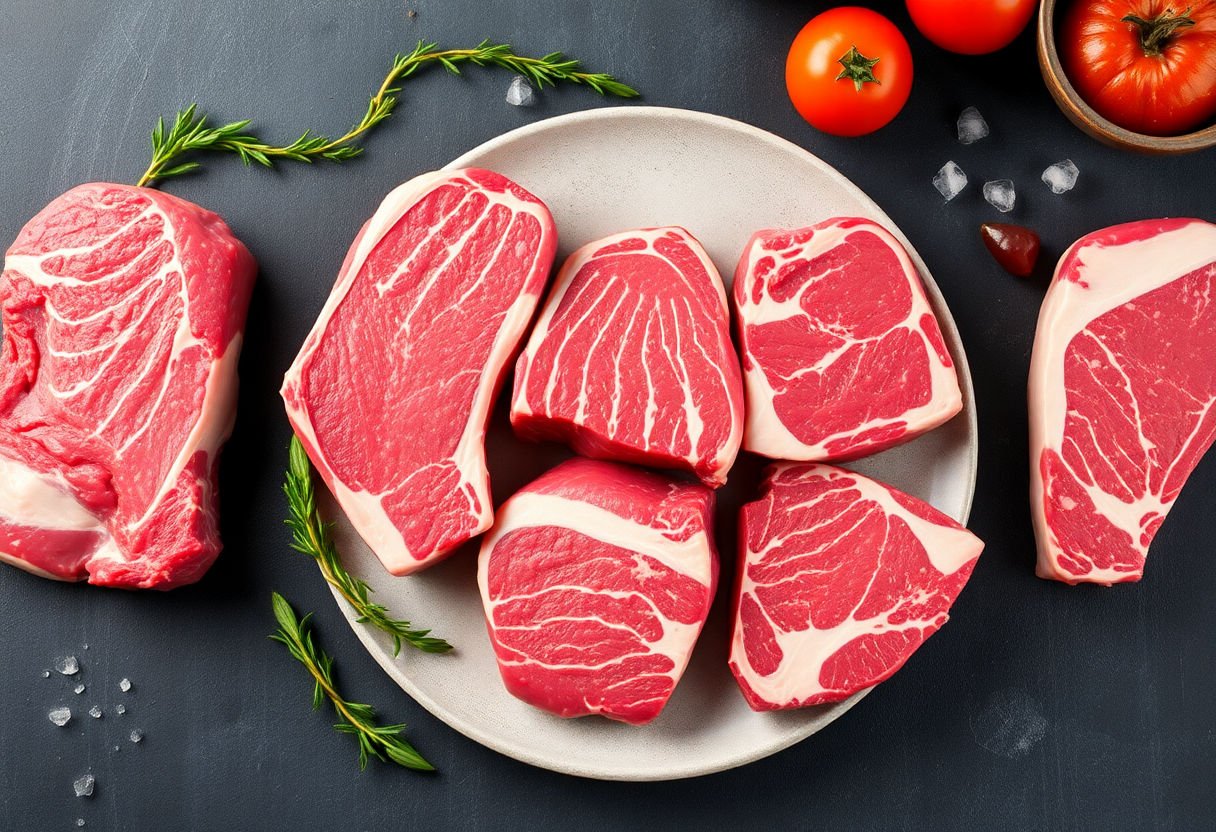
Selecting the right cuts of beef is crucial for enhancing the taste, nutrition, and budget-friendliness of your meal prep. When choosing beef, consider the balance between flavor and leaness. Opt for cuts like sirloin, flank, and chuck roast for a blend of taste and nutrition. These cuts are not only flavorful but they’re also economically friendly, making them ideal for consistent meal prepping.
For those who prefer a leaner option, eye of round and top round steak are excellent choices. They boast minimal fat content while still providing a rich flavor profile. Including these cuts in your meal prep can enhance the overall nutritional value without compromising on taste.
In terms of cooking versatility, ground beef is a top choice. Its adaptability across various recipes makes it a staple in meal preps. When opting for ground beef, consider the 90/10 or 85/15 lean-to-fat ratio to ensure a healthier dish while maintaining succulence.
Beef quality can vary, so it’s important to pay attention to the USDA grades — Select, Choice, and Prime— to determine the tenderness and flavor level, with Prime being the highest quality, often found in restaurants.
Factoring in budget, bulk purchasing from local markets or wholesale aisles can significantly reduce costs. Cutting and freezing bulk beef portions can save time and money, ensuring a steady supply of nutritious meat for your weekly meal prep. Balancing these factors will help you make informed choices, contributing to more fulfilling and cost-effective beef and rice meals.
Different Types of Rice
Rice is an indispensable component of meal prepping, particularly when paired with beef to create balanced, satisfying meals. Selecting the right type of rice can significantly impact the nutritional profile and culinary appeal of your dishes. Here’s a look at several popular rice varieties and their unique properties:
-
White Rice: This is perhaps the most common type of rice and an ideal choice for those who prefer a softer, milder grain. It has been refined, removing the bran and germ, which results in a quicker cooking time but also a lower nutritional content compared to other varieties. Its neutral flavor makes it a versatile base for a multitude of beef dishes.
-
Brown Rice: Retaining the bran and germ, brown rice is lauded for its higher fiber content and nutritional value. It offers a nuttier flavor and chewier texture, which may complement the hearty nature of beef. This whole-grain option is beneficial for those aiming to maintain a nutrient-rich diet.
-
Basmati Rice: Known for its fragrant aroma and elongated grains, basmati rice provides a light and fluffy texture. It is particularly suitable for dishes that require distinct grains rather than a sticky consistency. This rice variety is often used in international cuisines, adding a subtle but flavorful dimension to meal prep.
-
Jasmine Rice: With a slightly sticky nature, jasmine rice boasts a delicate floral aroma that elevates the sensory experience of any beef and rice dish. It pairs well with richly flavored beef recipes, enhancing the savory elements with its aromatic profile.
By understanding these distinct types of rice, you can tailor your meal prep to not only meet your nutritional goals but also satisfy your personal taste preferences.
Essential Tools for Meal Prep
When embarking on the journey of meal prep, having the right tools at your disposal is essential for efficiency and success. Here is a list of must-have kitchen tools that will make your beef and rice meal prep seamless:
-
Sharp Chef’s Knife: A high-quality knife is indispensable for slicing through beef with precision. Investing in a sharp and durable chef’s knife will enhance your preparation speed and safety.
-
Cutting Board: Choose a large, sturdy cutting board to provide ample space for chopping meat and vegetables. A board with non-slip edges will ensure stability during use.
-
Measuring Cups and Spoons: Accuracy in measuring ingredients like rice and seasonings ensures consistency and flavor in every meal.
-
Non-Stick Skillets and Pots: Opt for non-stick cookware to prevent sticking and allow for easier cleanup. Different sizes accommodate both small and large meal prep tasks.
-
Rice Cooker: Utilizing a rice cooker can simplify the process of achieving perfectly cooked rice. Many models offer settings for various rice types, enhancing versatility.
-
Food Processor or Blender: These tools can quickly chop vegetables or blend sauces and marinades, saving time and effort.
-
Mixing Bowls: A set of various-sized mixing bowls is useful for combining ingredients and marinating beef.
-
Glass Storage Containers: Airtight glass containers are ideal for storing meals, as they are microwave-safe and prevent odors from seeping in.
Equipping your kitchen with these essential tools will elevate your meal prep experience, minimize preparation time, and improve the quality of your meals.
Preparing and Cooking the Beef
To ensure the beef for your meal prep is as delicious as it is nutritious, focus on a few key steps during preparation and cooking. Begin by bringing the beef to room temperature before cooking. This helps in achieving an even cook throughout the meat. Season the beef generously with salt and pepper to enhance its natural flavors; spices such as garlic powder or paprika can also be added for more depth.
Step-by-step Cooking Process:
-
Selecting Cooking Methods:
- For thicker cuts like sirloin or ribeye, opt for grilling or pan-searing to create a flavorful crust while keeping the interior juicy.
- Ground beef can be browned in a pan with minimal oil, while a slow cooker is ideal for tougher cuts like chuck roast.
-
Cooking Tips:
- Searing: Whether using a pan or grill, start with a hot surface to sear the meat, creating a caramelized exterior that locks in moisture.
- Steak Doneness: Use a meat thermometer for precision. For medium-rare, aim for an internal temperature of 130°F to 135°F.
- Resting: Allow the beef to rest for about 5-10 minutes after cooking. This allows the juices to redistribute, resulting in a tender bite.
-
Slicing Techniques:
- Always slice against the grain. This shortens muscle fibers and ensures a tender texture in each bite, crucial for meal preps where food may be reheated.
By mastering these techniques, your beef will not only impress in taste but will also retain its quality throughout the week, enhancing the effectiveness of your meal prep strategy.
Cooking Rice to Perfection
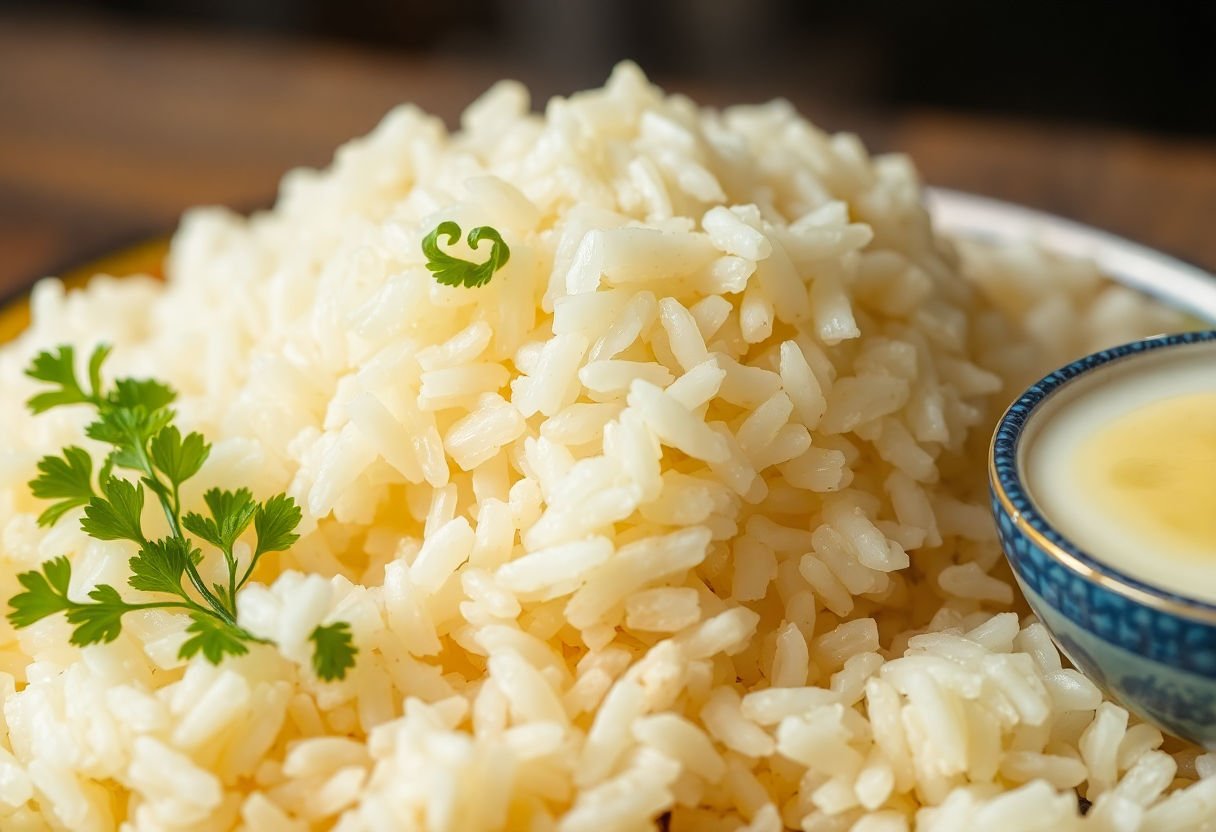
Properly cooked rice serves as the foundation for many satisfying meals, including beef and rice meal prep. Achieving perfectly cooked rice every time involves understanding the subtleties of different rice types and mastering essential cooking techniques.
Understanding Ratios and Water Absorption
The key to cooking rice to perfection lies in the correct water-to-rice ratio. Typically, long-grain rice requires a 2:1 water-to-rice ratio, while short-grain rice might need slightly more water. It’s crucial to consider the specific requirements of each rice variety to ensure optimal water absorption.
Perfecting the Simmer Method
Simmering is a popular technique that relies on gentle, consistent heat. Start by rinsing the rice under cold water to remove excess starch, which can cause the rice to become sticky. Place the rinsed rice in a pot with the appropriate amount of water, then bring it to a gentle boil. Reduce the heat to a low simmer and cover the pot, allowing the rice to cook undisturbed for the recommended time as specified for its type. This method ensures that the rice absorbs water evenly, resulting in a fluffy texture.
Utilizing a Rice Cooker for Consistency
For those seeking convenience and precision, a rice cooker is an invaluable tool. It automatically adjusts temperature and timing, providing perfectly cooked rice with minimal oversight. Simply measure the rice and water, set the cooker, and let technology handle the rest.
Finishing Touches with Resting Time
Allowing the rice to rest after cooking can enhance its texture and flavor. Once the rice is done, let it sit covered for about 5 to 10 minutes. This resting period allows the moisture to redistribute evenly, ensuring every grain is tender and distinct.
Balancing the Meal with Vegetables
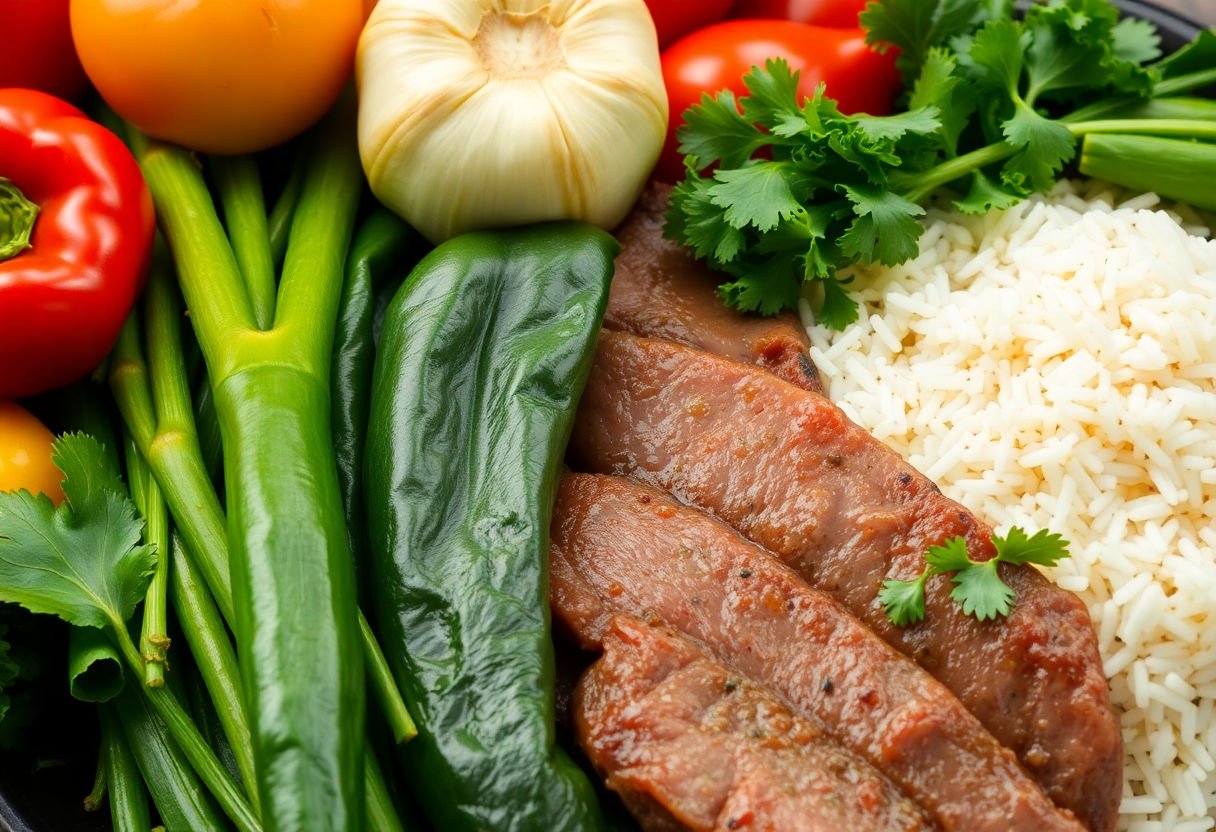
Incorporating vegetables into your beef and rice meal prep not only enhances the dish’s nutritional value but also adds a vibrant array of flavors and textures. Vegetables are a rich source of essential vitamins, minerals, and dietary fiber that complement the protein-rich beef and energy-boosting rice, creating a more balanced and satisfying meal.
To start, consider adding a variety of colorful vegetables to your meal prep plan. Vegetables like broccoli, bell peppers, spinach, and carrots not only provide important nutrients but also add an appealing contrast to your meal. These ingredients can be lightly steamed or sautéed with minimal oil to retain their nutritional integrity while maximizing flavor.
Here are a few suggestions for integrating vegetables into your beef and rice dish:
- Broccoli: A cruciferous powerhouse high in vitamins C and K, broccoli pairs well with beef due to its slightly bitter undertones, which are balanced by the umami of beef.
- Bell Peppers: Offering a rainbow of colors and a sweet crunch, bell peppers provide antioxidants that support immune health.
- Spinach: This leafy green is rich in iron and calcium, and it wilts quickly, making it an easy addition to any dish.
- Carrots: Known for their vibrant color and high beta-carotene content, carrots add a natural sweetness when cooked.
A simple tip is to prepare a vegetable matrix for each meal prep session, ensuring you have a delightful range of textures and colors. This approach not only boosts the meal’s nutrient profile but also keeps your taste buds excited with each serving. By thoughtfully balancing your meal with vegetables, you ensure that each dish is not only delicious but also conducive to a well-rounded diet.
Storing and Reheating Tips
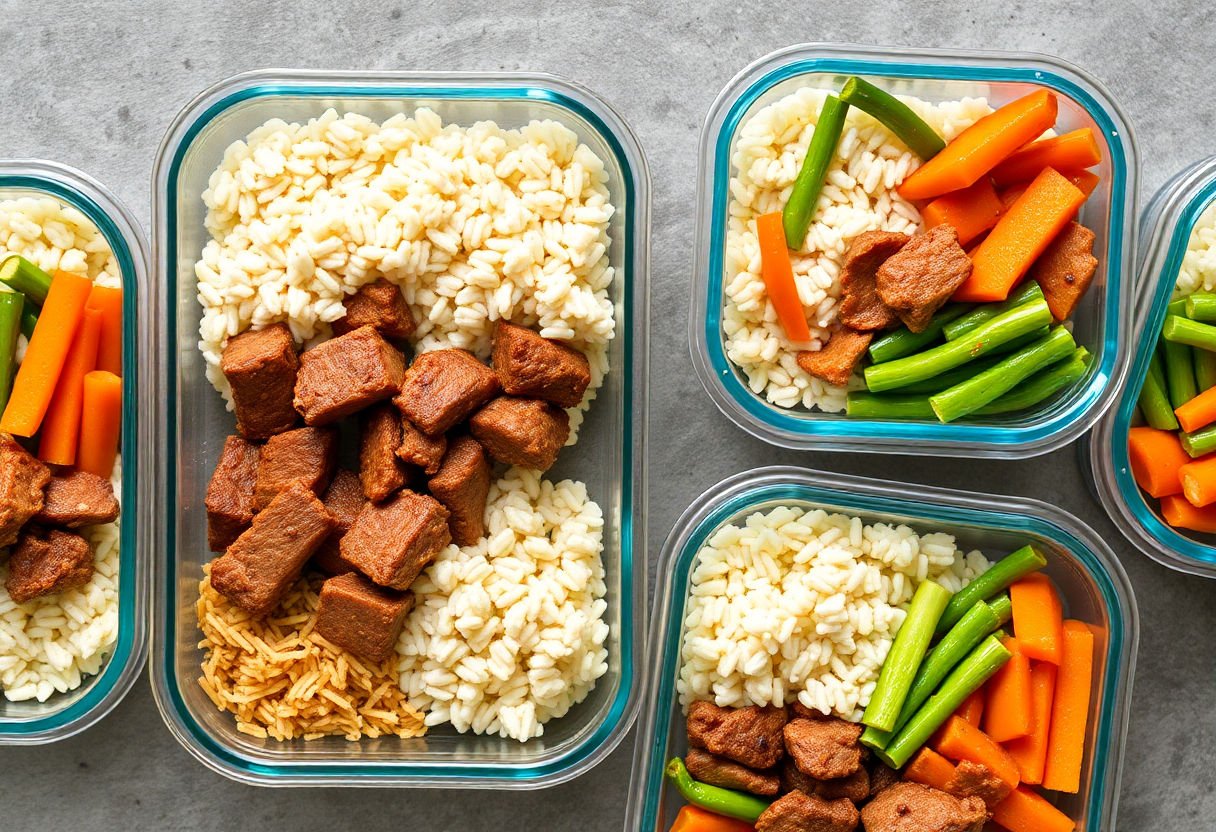
When it comes to storing your beef and rice meal preps, maintaining freshness and flavor should be your top priority. Proper storage techniques not only preserve taste but also extend the shelf life of your meals, ensuring safety and convenience.
Recommended Storage Practices
- Use Airtight Containers: Opt for high-quality, airtight containers to prevent moisture and air exposure. This helps in retaining the meal’s original flavors and prevents spoilage.
- Cool Completely Before Storing: Allow your meals to cool completely before placing them in the refrigerator. This prevents condensation inside the container, which can lead to bacterial growth.
- Label and Date: Clearly label each container with the contents and the date it was prepared. This practice aids in keeping track of freshness and helps prioritize meal usage.
Refrigeration vs. Freezing
- Refrigeration: Store in the refrigerator if you plan to consume within 3-4 days. Ensure that the temperature is consistently at or below 40°F (4°C).
- Freezing: For longer storage, freeze your meals. Properly packaged beef and rice dishes can maintain quality in the freezer for up to two months.
Reheating Guidelines
Reheating correctly ensures your meal retains its delicious texture and flavor. Follow these best practices:
- Microwave: For even heating, stir halfway through the reheating process. Cover the container to maintain moisture.
- Stovetop: Add a splash of water or broth to restore moisture. Stir frequently and heat thoroughly.
- Oven: Preheat the oven to 350°F (175°C). Place meals in an oven-safe dish and cover with foil to prevent drying out. Heat until warmed through.
By following these storage and reheating tips, you can enjoy flavorful and nutritious beef and rice meals all week.
Conclusion
Mastering the art of beef and rice meal prep not only boosts nutritional intake but also offers significant cost savings and helps better manage your time. By selecting the right cuts of beef, choosing appropriate rice types, and balancing meals with vegetables, you create a foundation for a healthy lifestyle. Equipped with essential tools and effective storage tips, your meal prep journey becomes seamless. Continue to explore and refine your techniques, fostering a routine that promotes both well-being and convenience. As you progress, you’ll find meal prepping an indispensable ally in achieving your health and fitness goals.
Frequently Asked Questions
How long can beef and rice meals be stored in the refrigerator?
Beef and rice meals can typically be stored in the refrigerator for up to four days. It is crucial to keep the meals in airtight containers to maintain their freshness and prevent contamination.
Can I freeze meal-prepped beef and rice dishes?
Yes, beef and rice meals can be frozen for up to three months. Ensure they are cooled completely before transferring to freezer-safe containers or bags, removing as much air as possible to avoid freezer burn.
What variations can I make to add more flavor to my meals?
To enhance the flavor of your beef and rice meal prep, consider incorporating different seasonings, marinades, or sauces. Additionally, using a variety of herbs and spices can create distinct flavor profiles.
How do I prevent the rice from becoming dry when reheating?
To keep rice moist when reheating, add a splash of water or broth before microwaving or reheating on the stovetop. Cover the container to trap steam, which helps retain moisture in the rice.
Are there specific vegetables that pair best with beef and rice meals?
While a variety of vegetables can be paired with beef and rice, some popular choices include broccoli, bell peppers, carrots, and spinach. These vegetables not only complement the flavors but also enhance the nutritional value of the meal.
